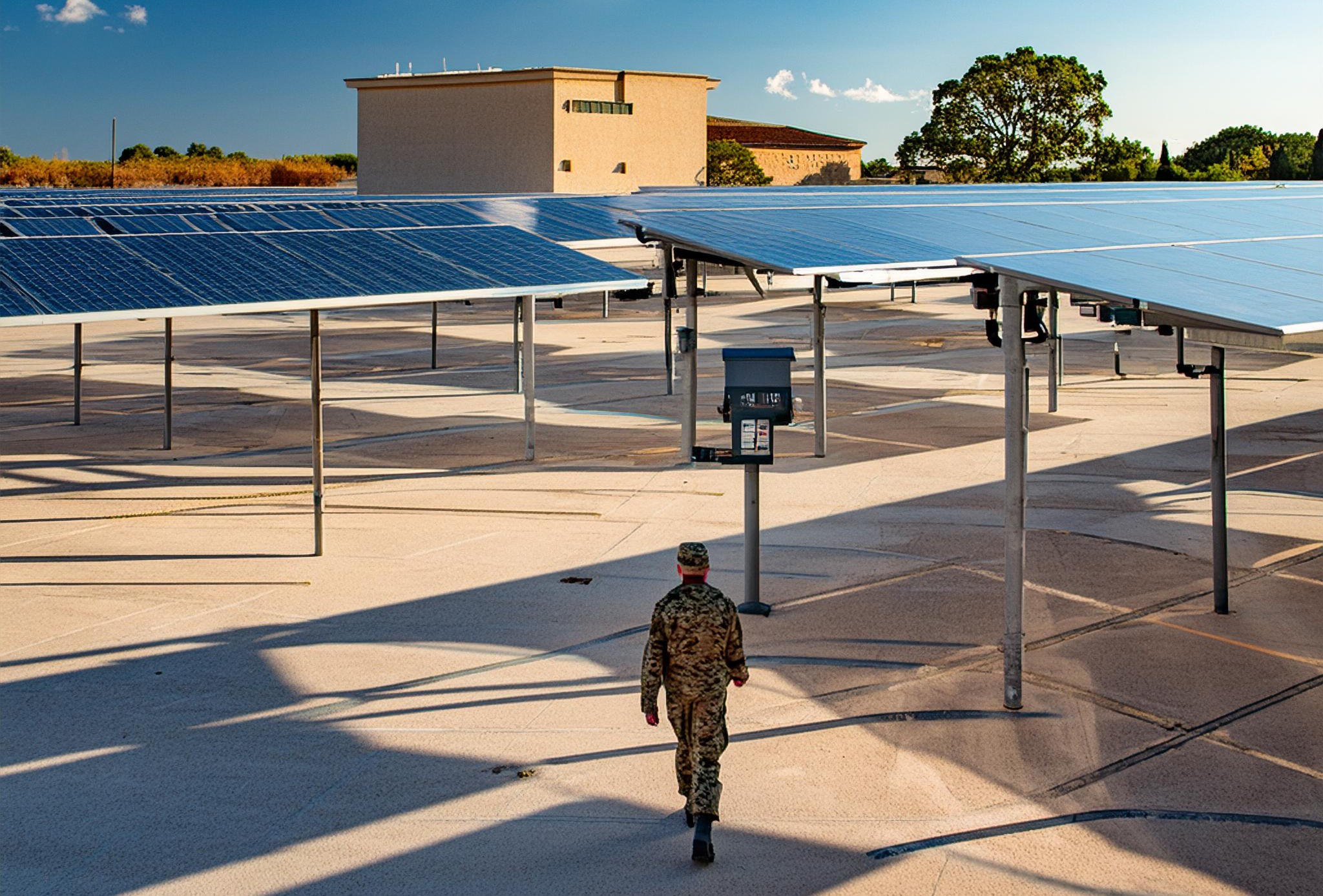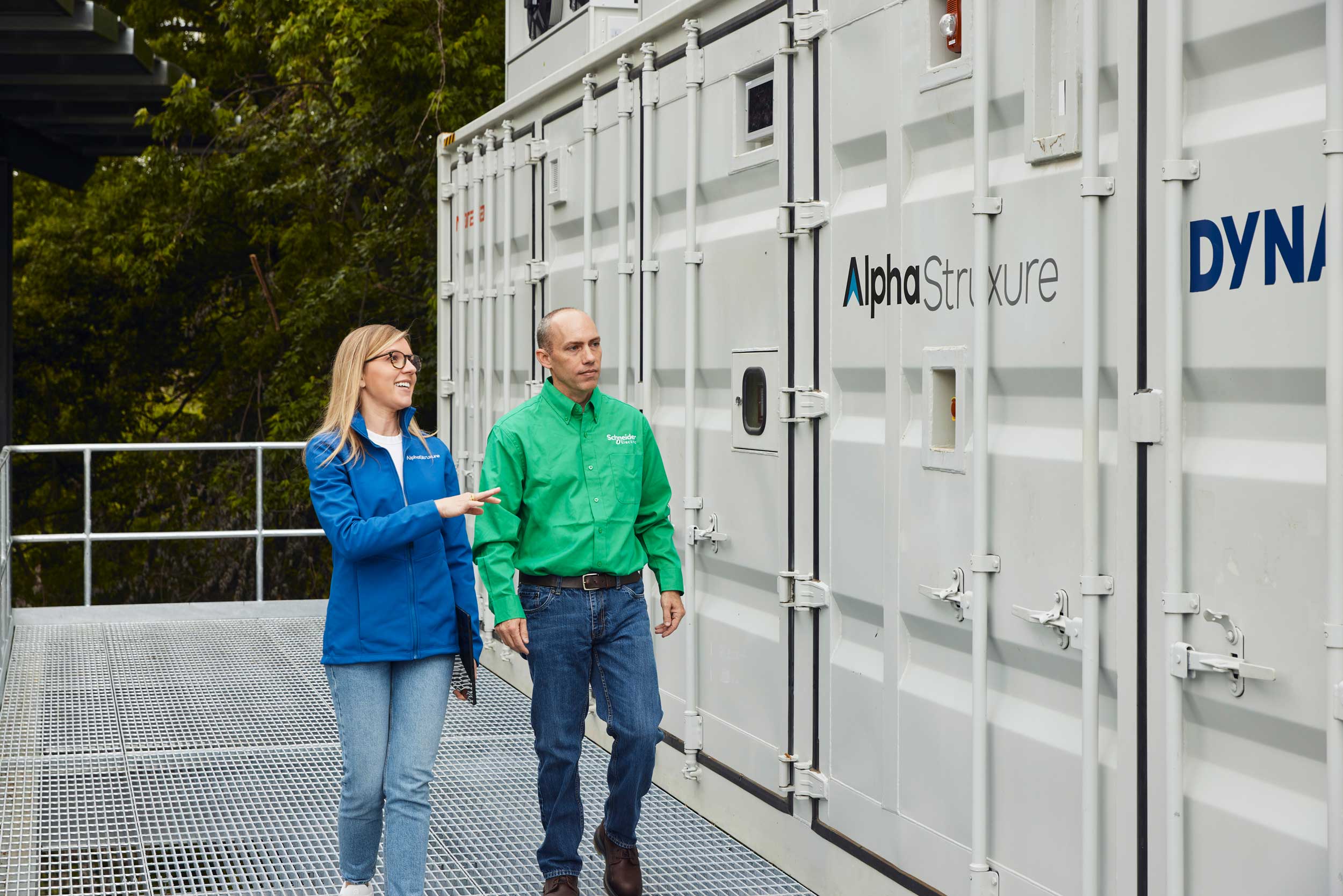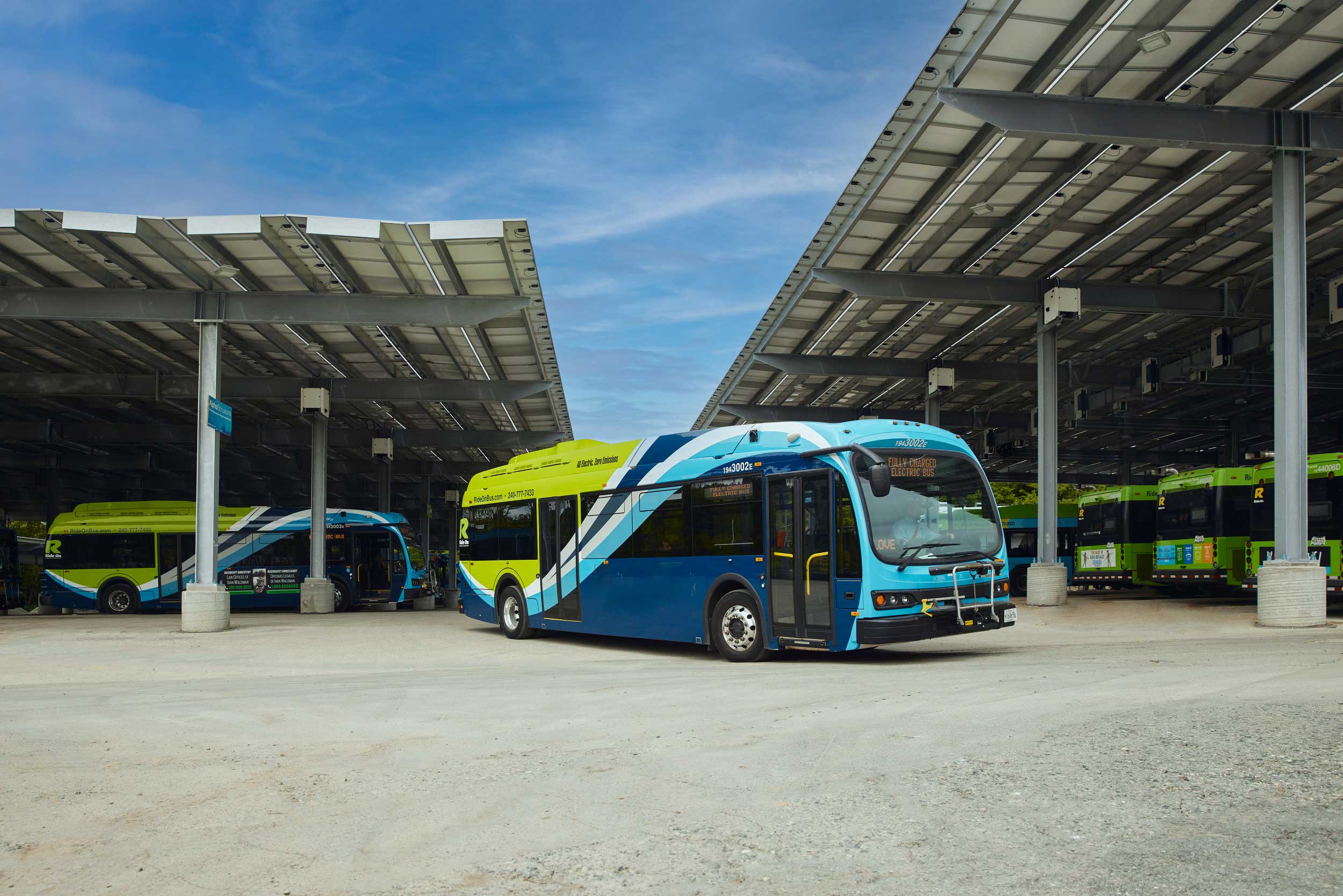Filter by
Date

Deploying microgrids is a key resilience objective for the DoD. Existing EUL and PPA procurement authorities for microgrids can be combined into an Energy as a Service procurement model. The EaaS model draws from the EUL’s authority to execute land leases for the siting of energy infrastructure (microgrids) on DoD installations. It also draws from the PPA’s authority that enables a energy developer to contract with a DoD agency by selling energy in exchange for its services in financing, designing, building, owning, operating, and maintaining energy infrastructure.

“Expecting a single technology solution to solve all energy issues is unaware of the realities that rest with the thousands of different applications of energy use in commercial and industrial businesses. The true objective is not to reduce greenhouse gases alone. It is to reduce GHG, improve business resilience, make power more reliable for digital business needs, and bring cost certainty to the customer, together.
“

While a behind-the-meter on-site energy solution is not cookie-cutter, there is a fairly common “recipe” for success. The ingredients are generally the same every time, but the portions may be larger or smaller to fit the overall goal of the recipe which is to build something that delivers on the customer’s needs.

The state of New York released an order to implement an Integrated Energy Data Resource (IEDR) that will create aa central, independent platform for access to customer and system data, opening the doors for a more democratized approach to distributed energy resource development to benefit energy customers and electric grid alike.

As evidenced by the growing adoption of customer-sited solutions and microgrids, Standby Charges and Departing Load Charges are not insurmountable barriers. However, policy hinderances slow the full potential of microgrids being realized.

Widespread zero-emission vehicle adoption and fleet electrification is a critical piece of the global energy transition

Forward-looking organizations are thinking about energy as a key factor in their market competitiveness and seeking solutions to overcome the capital and risk barriers that come with energy infrastructure upgrades.

Transportation electrification has a new option in the Energy as a Service solution, with several nuanced benefits and outcomes outside of sustainable, resilient power.

With the emergence of new private financing vehicles that can be coupled with federal and state grants and incentives, microgrids are an increasingly economically viable solution proven to deliver infrastructure wins nationwide.

With already constrained budgets, it’s important to arm school districts with the insight they need to make smart and strategic electrification investments.
